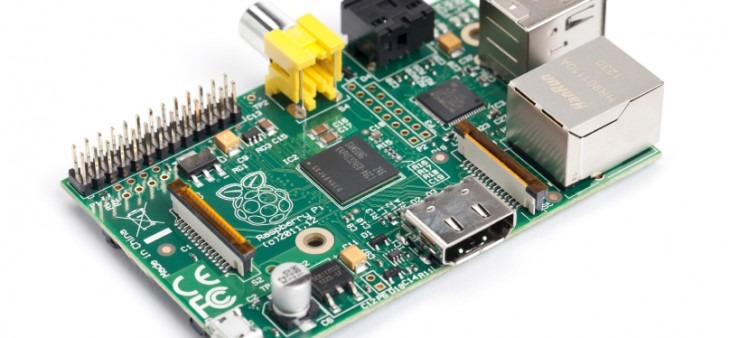
Raspberry Pi: The Tiny Computer That’s Still a Giant in 2024
The Raspberry Pi has been a game-changer since its launch in 2012. This tiny, affordable computer has made it possible for people of all ages and backgrounds to learn about programming, electronics, and computing.
Q: What is the Raspberry Pi?
A: The Raspberry Pi is a credit-card sized computer that can be used for a variety of purposes, including:
- Learning to code: The Raspberry Pi is a popular choice for beginners because it is affordable and easy to use. There are many great resources available online and in libraries to help you get started with coding on the Raspberry Pi.
- Electronics tinkering: The Raspberry Pi has GPIO pins that can be used to connect to sensors, LEDs, and other electronics. This makes it a great platform for electronics projects.
- Media center: The Raspberry Pi can be used to stream movies, music, and TV shows. You can also use it to play games and browse the web.
- Education: The Raspberry Pi is being used in schools around the world to teach children about programming and computers.
Some of the greatest technological breakthroughs aren’t always immediately apparent. They can slip quietly under the radar when they first come out and their importance only becomes realised later on.
That will probably be the case with Raspberry Pi, a brilliant idea that will make sure kids around the world can be computer literate in the future and at relatively little expense.
The Raspberry Pi is a pocket-friendly, ARM based single board computer the size of a credit card that was developed here in good old Blighty by the Raspberry Pi Foundation, a charity whose aim is to help children to learn about computers and programming.
It plugs into a TV and keyboard and can do much of what a desktop PC does, including word-processing, spreadsheets, games and high-definition video. Indeed, the Raspberry Pi’s great strength is its great flexibility; there are plenty of add-ons so you can customise it to do what you want it to.
Early designs for the Raspberry Pi were developed in 2006 by Eben Upton and his colleagues at the University of Cambridge’s Computer Laboratory who challenged teachers and computer experts to create a computer that would inspire and engage children. They’d noticed a decline in the numbers and skills levels of the students applying to do degrees in Computer Science. In the 1990s, kids who applied had a good working knowledge of programming but a decade on the applicants didn’t have that knowledge and were more into web design.
The Raspberry Pi has come a long way since 2012. The latest models are more powerful than ever, and they come with a variety of new features, such as:
Faster processors: The Raspberry Pi 4 has a quad-core processor that is up to three times faster than the processor in the Raspberry Pi 3.
More RAM: The Raspberry Pi 4 comes with up to 8GB of RAM, which makes it possible to run more demanding applications.
USB 3.0: The Raspberry Pi 4 has USB 3.0 ports, which offer faster data transfer speeds.
Dual HDMI ports: The Raspberry Pi 4 has two HDMI ports, so you can connect two monitors at the same time.
Raspberry Pi: Still a great value in 2024
Despite the new features, the Raspberry Pi is still very affordable. The Raspberry Pi 4 starts at just £35, making it a great value for the money.
Q&A
Q: What can I do with a Raspberry Pi?
A: You can do a lot with a Raspberry Pi! You can learn to code, tinker with electronics, build a media center, and much more.
Q: Is the Raspberry Pi easy to use?
A:The Raspberry Pi is relatively easy to use, even for beginners. There are many great resources available online and in libraries to help you get started.
Q: How much does a Raspberry Pi cost?
A:The Raspberry Pi 4 starts at just £35.
Q: Where can I buy a Raspberry Pi?
You can buy a Raspberry Pi from a variety of retailers, including Amazon and https://www.raspberrypi.org/
There’s a quiet revolution going on and the Raspberry Pi is at the heart of it.
Until next time…
